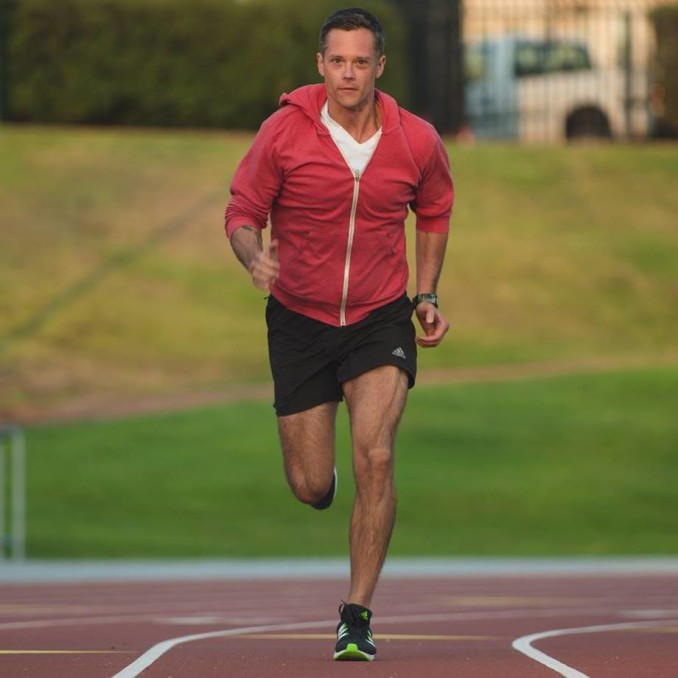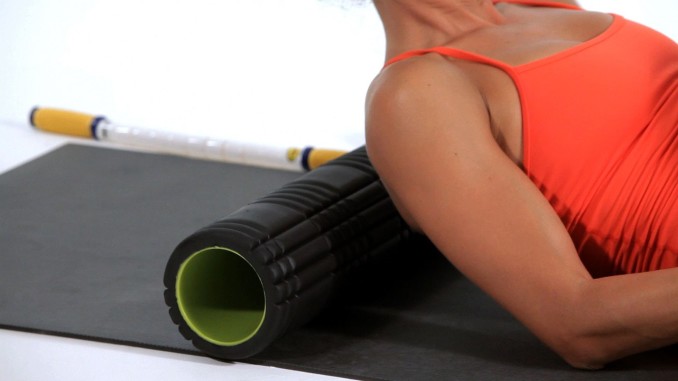
If you’ve been training for a while, you may have nagging aches and pains… which suddenly turned into injuries such as a strained shoulder or injured back.
While you may think the injuries “came out of nowhere,” perhaps your cumulative poor posture at the gym is to blame.
It’s not entirely your fault: even seasoned athletes and bodybuilders can make the same postural and training mistakes …
This is why having correct posture is crucial to maximising muscle gain and minimising injury (as well as time at the gym!)
And to help you attain the goal of obtaining a correct (and may I say, picture-perfect 😉 ) posture, I’ve invited Jonathan “JJ” Jordan to share with us his expert tips at the gym.
JJ has been voted as one of the hottest trainers by RackedSF, and is a Tier 3+ Trainer at Equinox Pine Street in San Francisco. You can also visit JJ’s blog here.
In this post, JJ will be talking about the 6 mistakes a lot of us may be making in the gym, and how you can fix them.
In the next post, JJ will also be sharing with us his tips on how to deal with sore muscles, so your butt cheeks don’t hurt when you sit on the toilet after training. 😉

Here we go:
Q: JJ, what are some common mistakes you see people making in the gym?
JJ: Generally I never judge someone’s form unless I know their body and their goals. But that said, there are a few common errors I see a lot.
Mistake #1: Too much flexion/rounding of the spine
If you round your spine during a dead-lift or hip hinge, you risk injuring your spinal joints and particularly the discs in between them.
A herniated disc is extremely painful and can be an incurable injury.
How to Fix It: Work with a trained professional if you are unsure of how to dead-lift.
In general, some good cues are to keep your shoulders back, your core and your lat muscles tight and to lift the weight by driving your feet powerfully into the ground and thrusting your hips forward.
Mistake #2: Over flexion or protruding of the neck
Over flexion or protruding of the neck in movements (i.e. looking at the ceiling during a squat or not tucking your chin during a KB swing) is a no-no.
How to Fix It: Remember that your neck is a part of your spin.
Let the neck naturally move with the rest of your back (versus looking up). This will keep your neck safe and will also allow you get more power in your movements.
If you get vertigo or nauseous when doing this, try fixing your gaze on a fixed horizon point to minimise the extension in your neck.
Mistake #3: Elevating your shoulders toward your ears during a pull versus depressing and retracting
How to Fix It: Be sure to “pack” your shoulders when doing pull ups or heavy pulling movements. Think about the muscles that elevate your shoulders up toward your ears (the shrugging muscles).
Allow them to take over for a moment and then contract the opposite muscles (the depression muscles – you can feel them on your sides and in your arm pit area).
Lock them in place and focus on keeping them depressed during the movement.
If this is hard for you also try foam rolling and stretching movements in your warm up that help relax the elevation muscles (especially your upper traps).

Mistake #4: Pulling too much weight because of egos and not isolating muscles they intend to
How to Fix It:
Isolate your muscles and listen to your body. Lift according to what your body can handle.”
Mistake #5: Doing the same “routine” over and over again
Some people may be doing the same routine over and over again, at the same (perhaps too light) weight, and expect a change to happen. However, our routines need to be diverse and changed from time to time to stimulate muscle growth.
How to Fix It: Introduce a new, controlled and safe “stress” to the body via new variables.
If you want to get something you don’t yet have you have to do something you’re not yet doing.
Mistake #6: Skipping warm up
How to Fix It:
Don’t skip the warm up because you are rushed! Rookie mistake.”
Doing 5-10 minutes of mobility and activation work can improve your performance, get you in tune with your body, and keep you injury free.
—–
What’s next?
Stay tuned for the next part of the interview with JJ here.
About JJ: JJ has been voted as one of the hottest trainers by RackedSF, and is a Tier 3+ Trainer at Equinox Pine Street in San Francisco. You can also visit JJ’s blog here.


